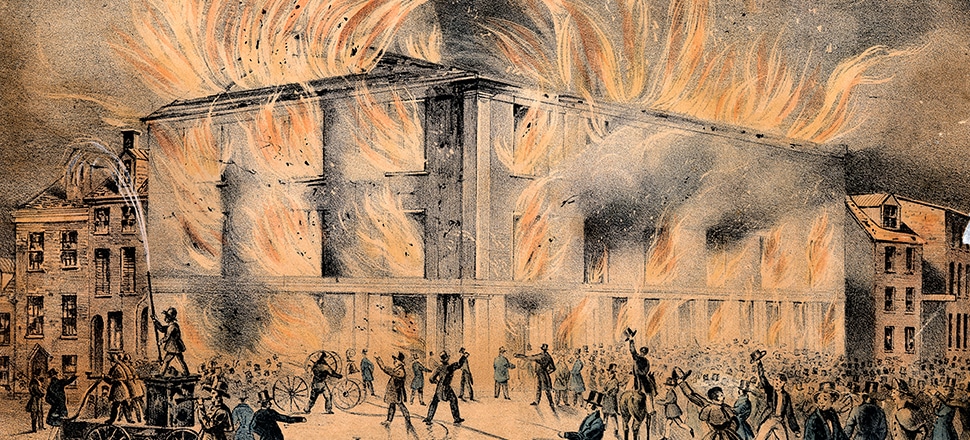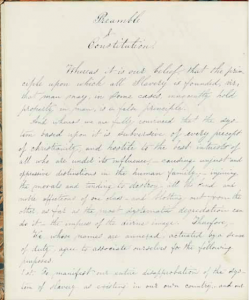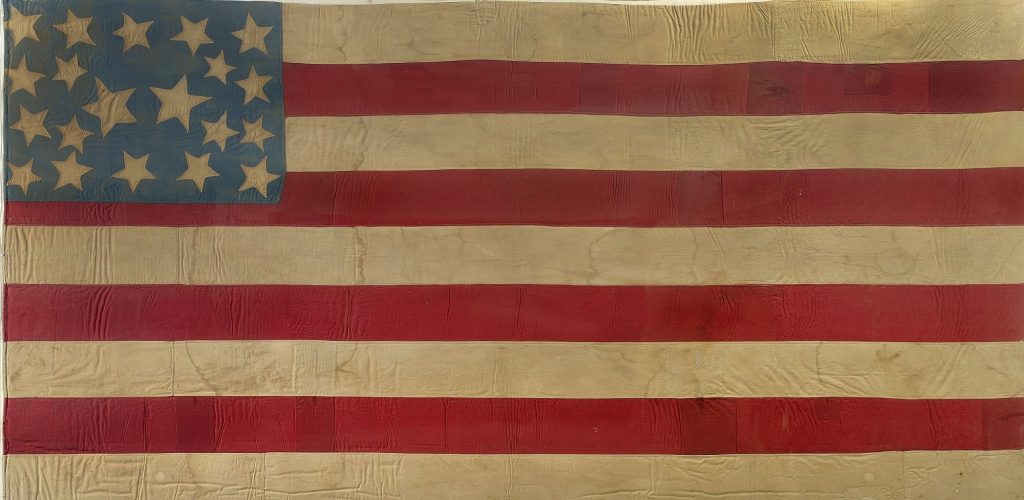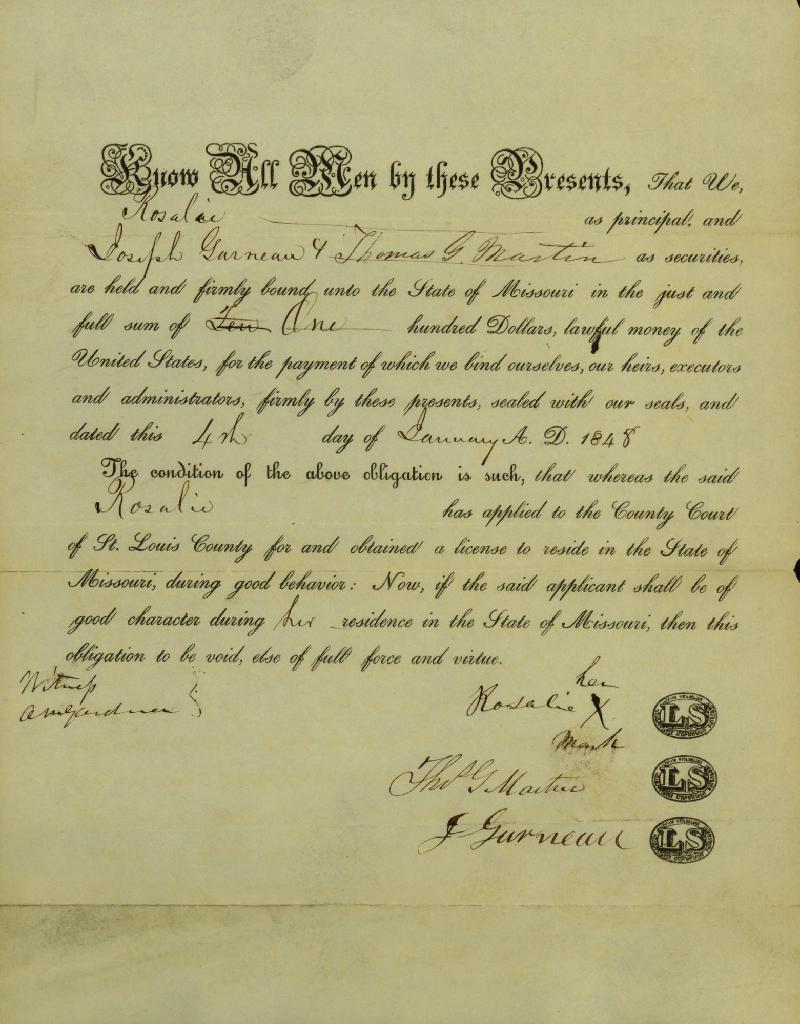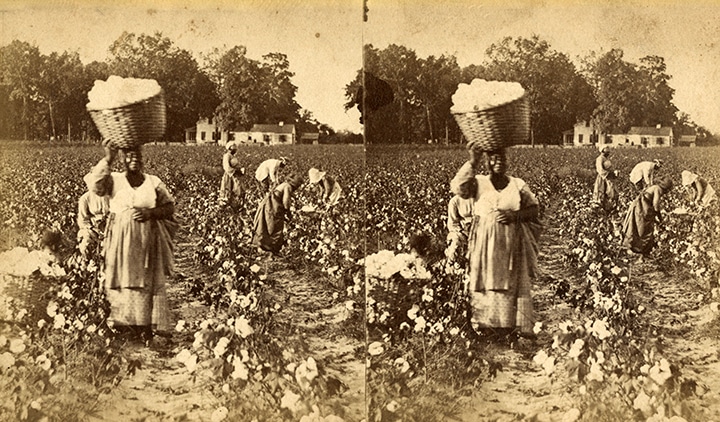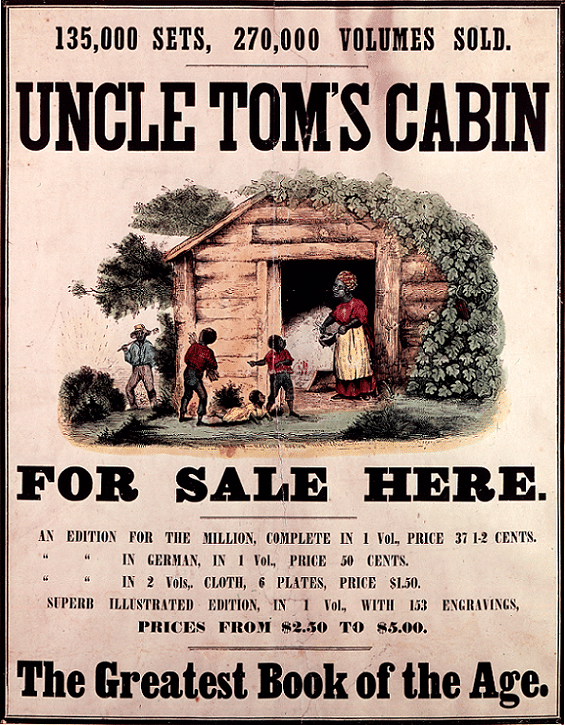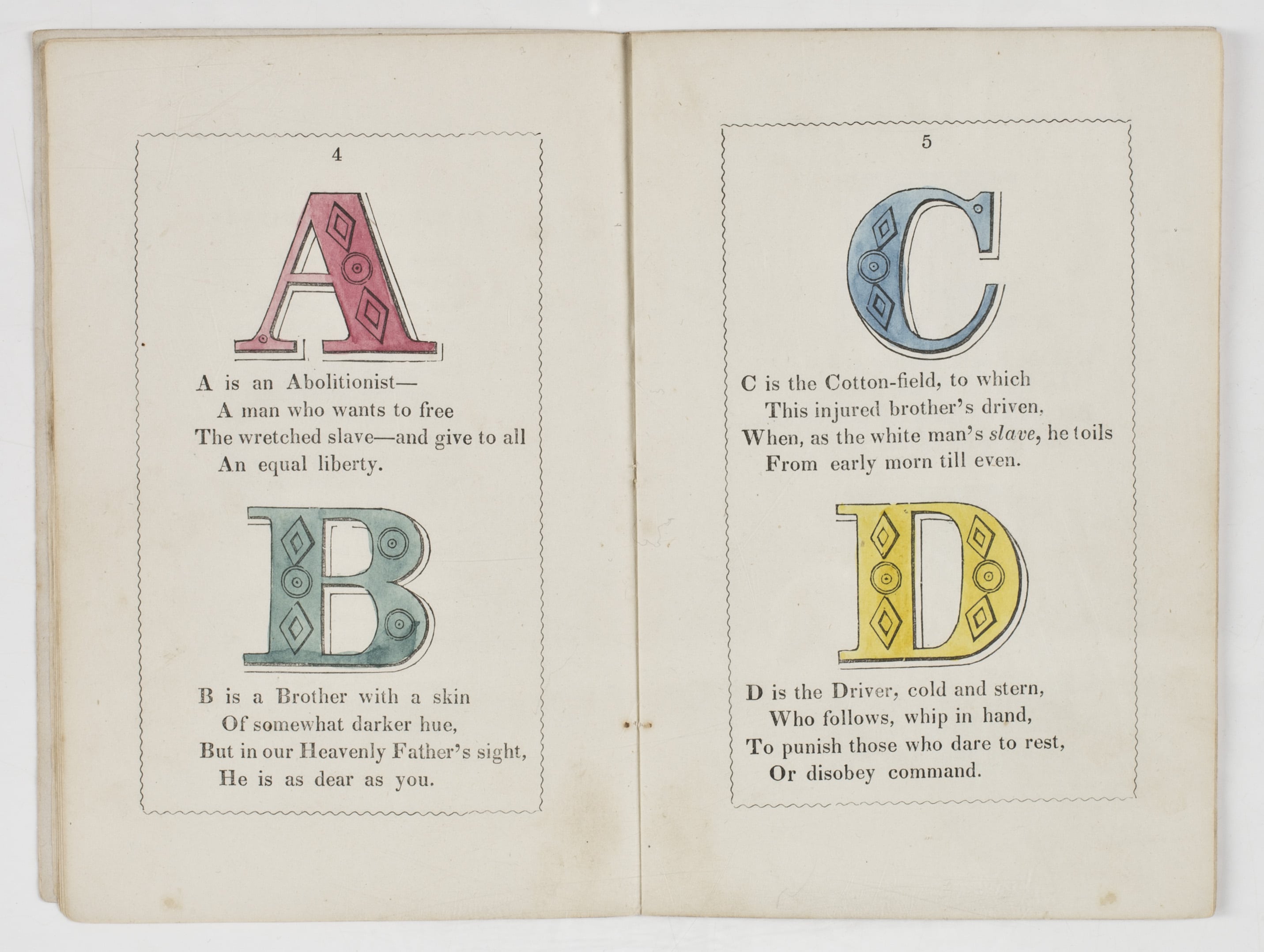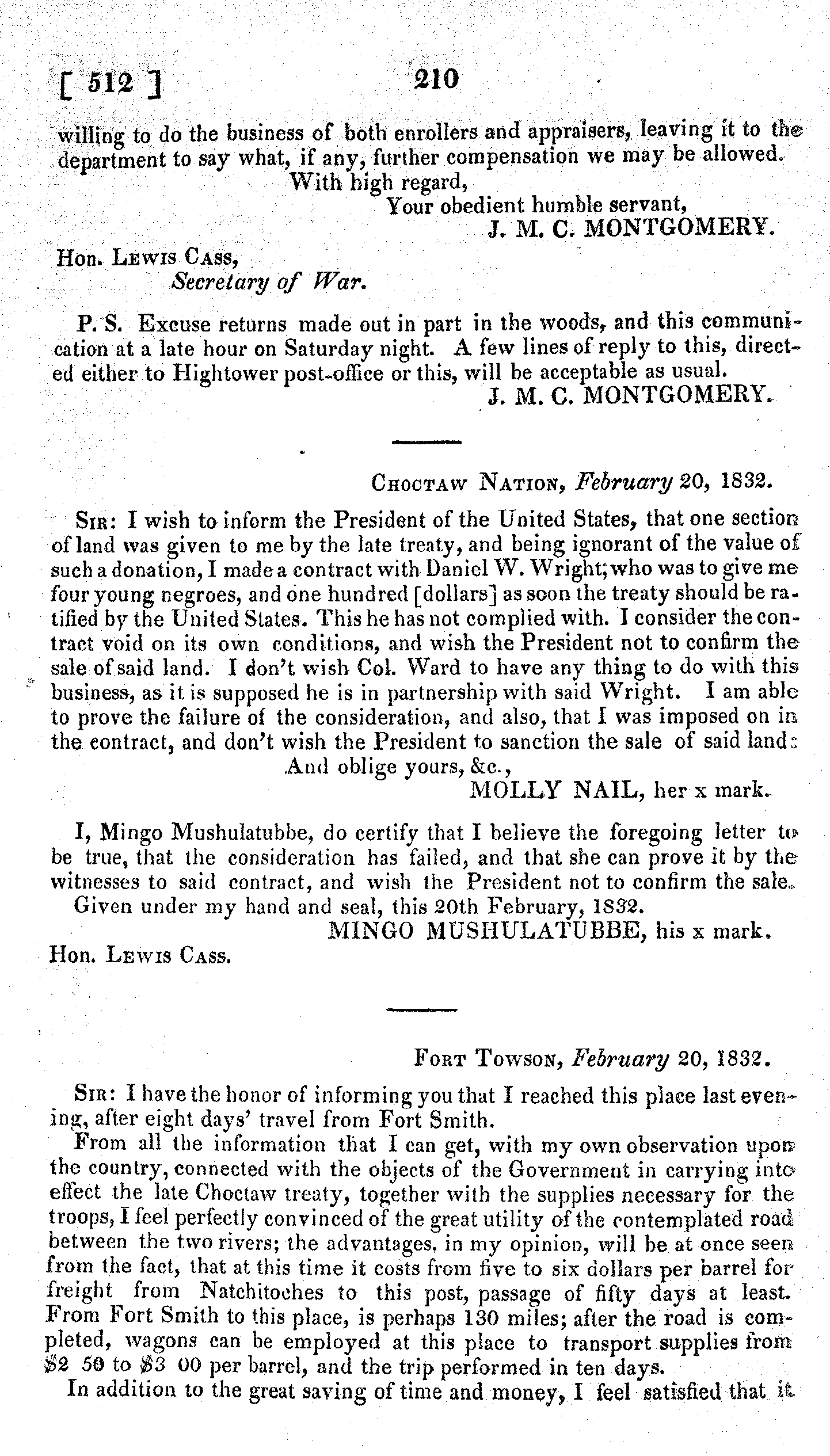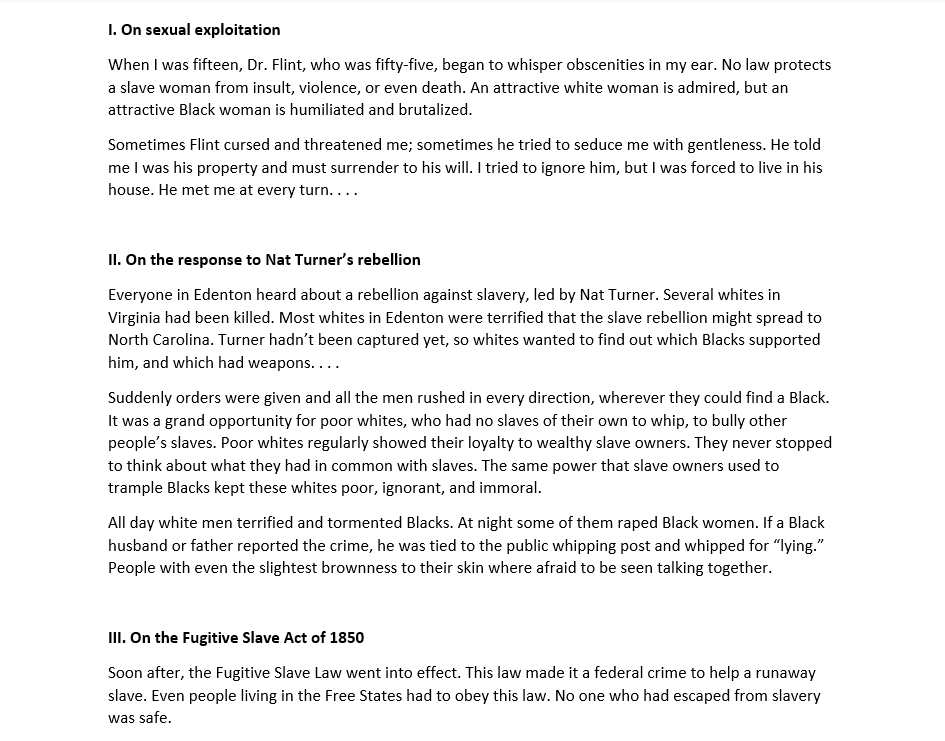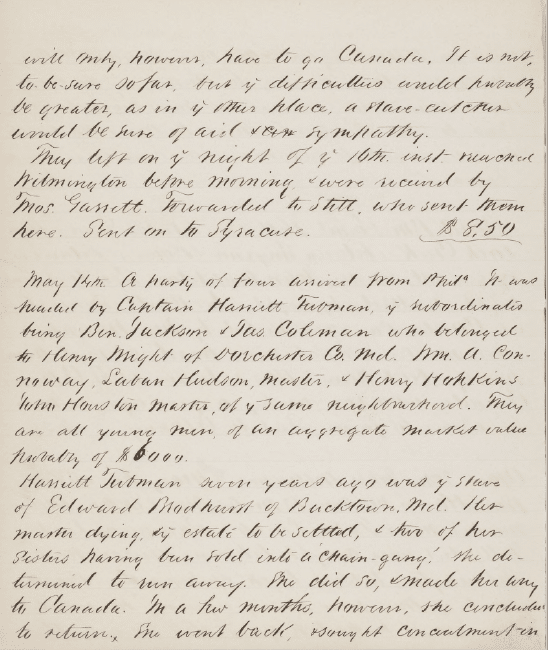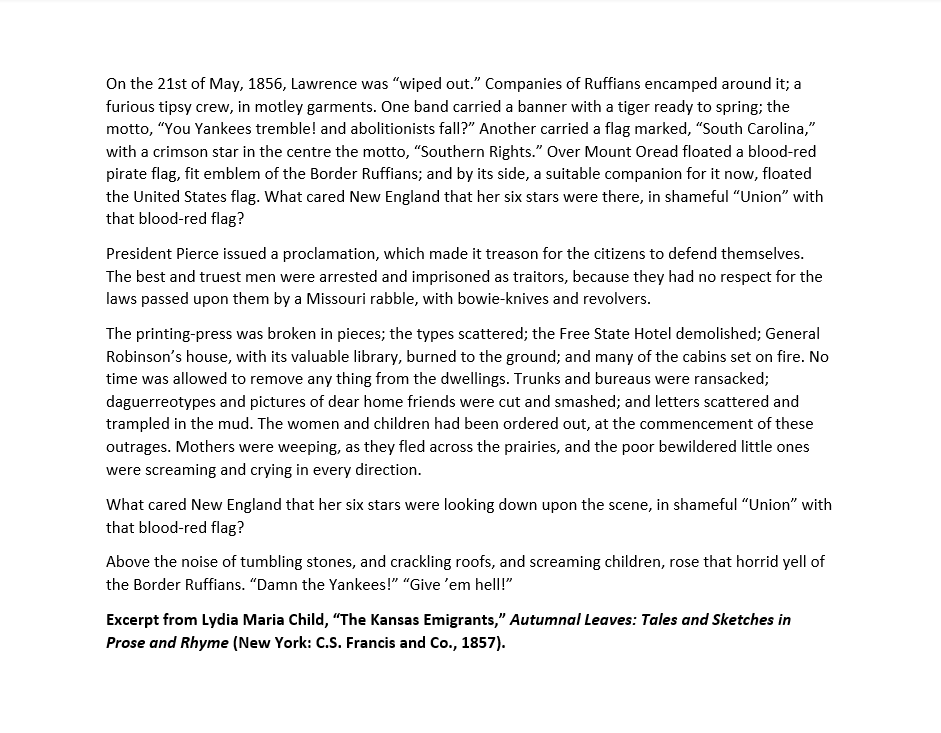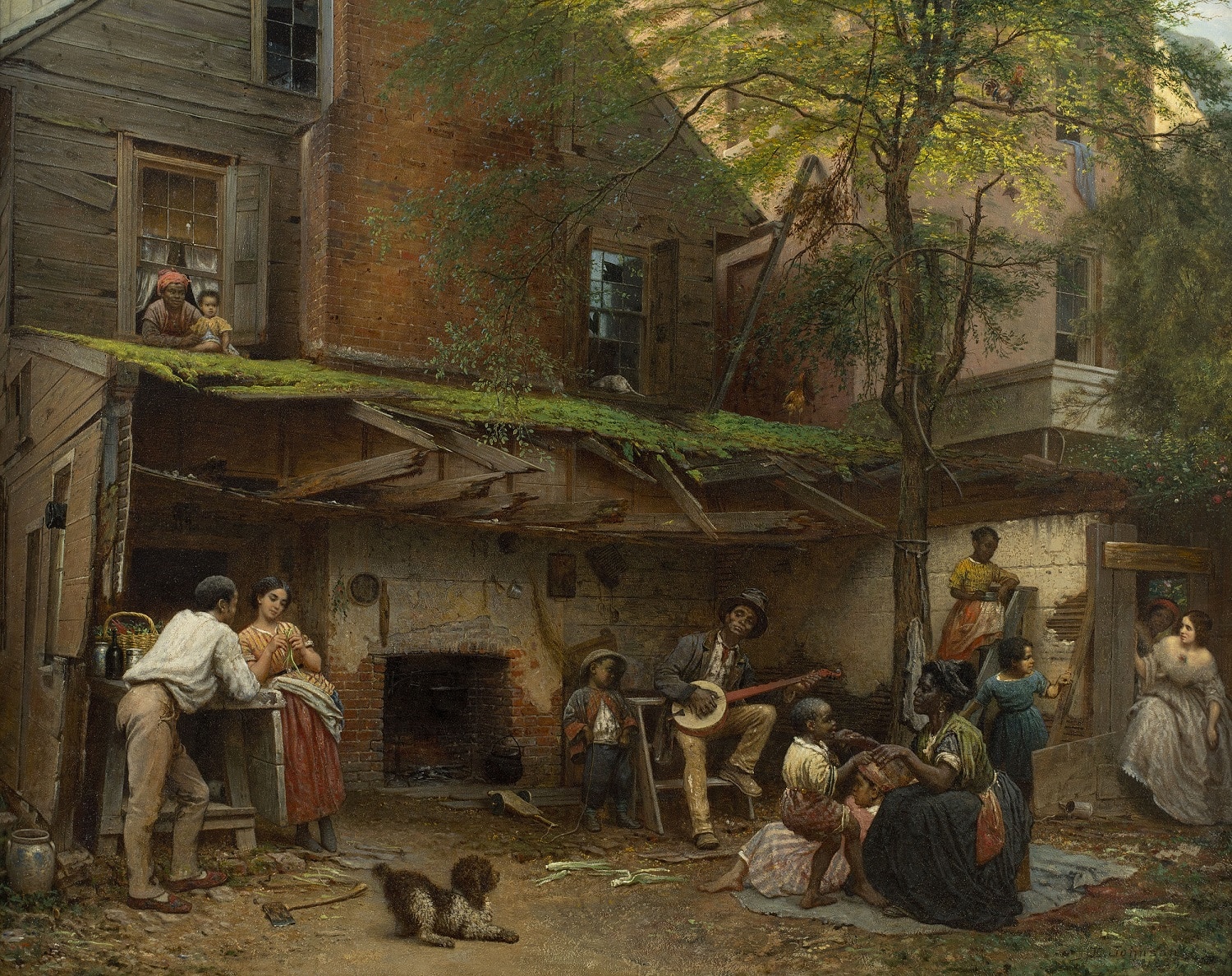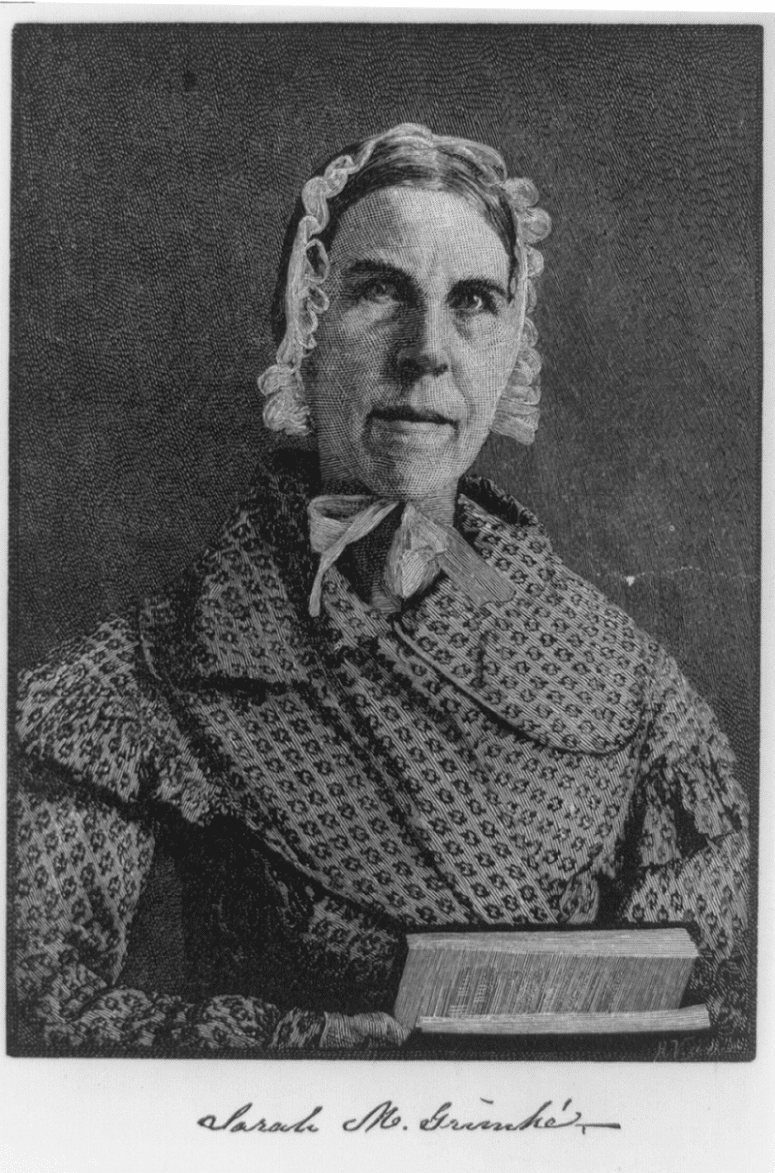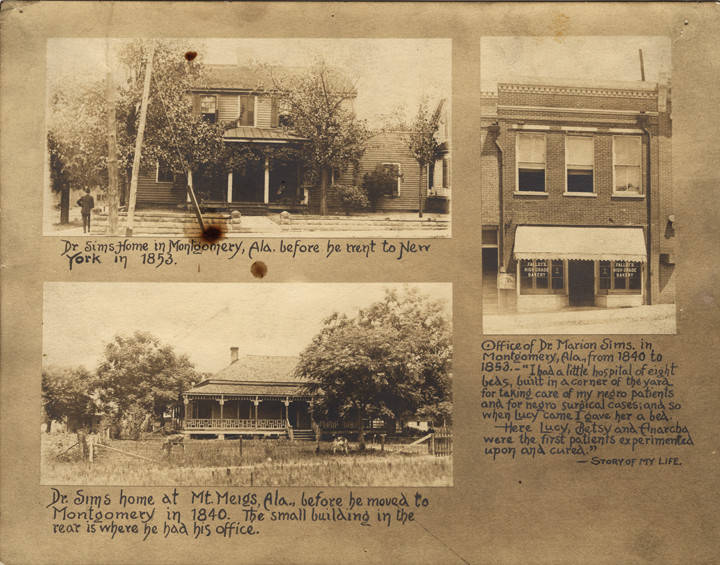Key Ideas
- Women played a critical role in the antebellum slavery debates.
- Enslaved women faced particular hardships in antebellum slavery.
- It is impossible to fully understand the lead up to the American Civil War without understanding the actions and experiences of American women.
Introduction
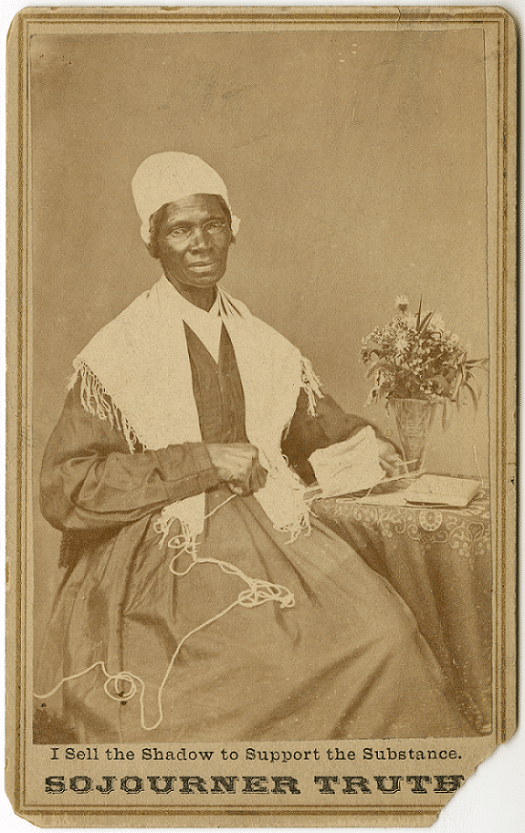
“I Sell the Shadow to Support the Substance.” New-York Historical Society.
Antebellum, 1832-1860
The antebellum period is defined as the time between the formation of the U.S. government and the outbreak of the American Civil War.
During this period, federal and state governments grappled with the contradiction of U.S. slavery. States in the northern regions of the country gradually abolished the practice of slavery, even as they maintained strong economic ties to the practice elsewhere in the country. States in the southern regions, whose economies were entirely dependent on large-scale agricultural enterprises fueled by enslavement, made the system ever more restricting and degrading. The chattel slavery practiced in the United States was so integral to the economy that it was adopted and practiced by some First Nations people who sought to benefit from U.S. economic systems. And the practice of slavery did not only provide economic gains for white people and institutions in this period. For example, enslaved people were exploited for advances in medical science that became the foundation of modern gynecology.
But Black people did not quietly accept their enslavement. They actively fought to resist and dismantle the system. Black women were an integral force in the formal and informal opposition to slavery that gained steam in the antebellum period, despite being doubly discounted by people in power because of their race and sex. Black women in Salem, Massachusetts, created the first female anti-slavery society in the United States. Ex-slave abolitionist activists like Sojourner Truth and Harriet Jacobs widely shared their personal experiences of slavery in the North and South, forcing the white American public to confront the daily horrors perpetrated in a country that espoused the ideals of freedom and justice. Harriet Robinson Scott took her fight for emancipation to the U.S. Supreme Court, hoping to force a permanent change in U.S. laws and legislation. And every day, enslaved women across the country actively resisted their oppression, including limiting their ability to have children and taking their own freedom by leaving their enslavers forever.
Section Essential Questions
- How did a person’s gender affect their experience of slavery?
- What were the acceptable ways for women to express political opinions in the antebellum period? What happened to those who stepped outside of these bounds?
- Why is it important to study women’s experiences and contributions in the antebellum period?


